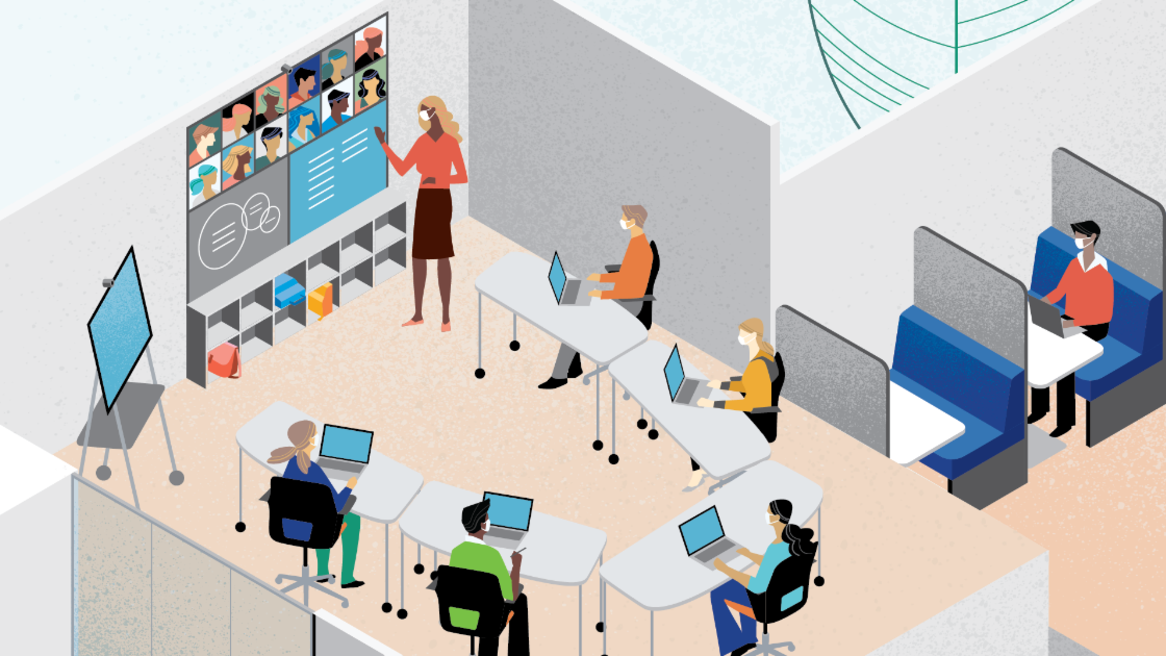This article is part of a series of updates to “Navigating What’s Next: The Post-COVID Workplace.”
Educators and students have just participated in a sweeping and sudden shift in the use of technology to learn. The result — a broadening recognition that a blended learning approach can provide the opportunities and flexibility necessary for the future of education. Prior to the coronavirus pandemic, blended learning was a choice. Now, it’s a necessity.
Research before and during COVID-19
Blended learning combines the advantages of in-person learning with online technology tools. Pre and during the COVID-19 pandemic, Steelcase researchers used multiple methods to understand its value to educational outcomes and how space can play a role to ensure an enhanced experience. Prior to COVID-19, researchers visited both K-12 and universities, interviewed educators and students, observed blended learning models and built prototypes. Since the onset of the pandemic, they’ve used a remote diary platform to assess how online learning is going for teachers and students.
What they heard is students have missed the campus experience. Physical space is for more than just learning. As one student put it, “The on-campus experience is a gazillion things: your job, friends, campus events, being with others, trying new things and study sessions.” Another said, “(I) would prefer a hybrid format… online interactions can’t substitute real, physical interactions.”
Accelerating the trends
COVID-19 has accelerated and amplified trends in education that were already in motion.
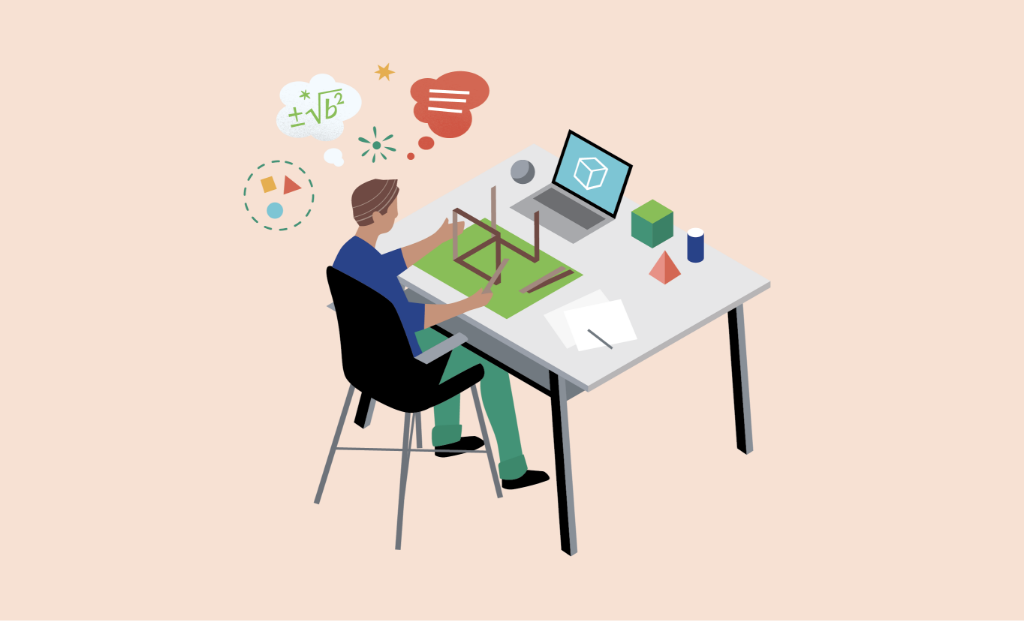
PRACTICING DEEPER LEARNING
Blended learning allows schools to rethink and transform learning with opportunities to adopt these deeper learning experiences, especially when in person. Many educators are adopting constructivist approaches — where students discover and construct knowledge themselves. Active, social and collaborative, and experiential and project-based learning are examples.
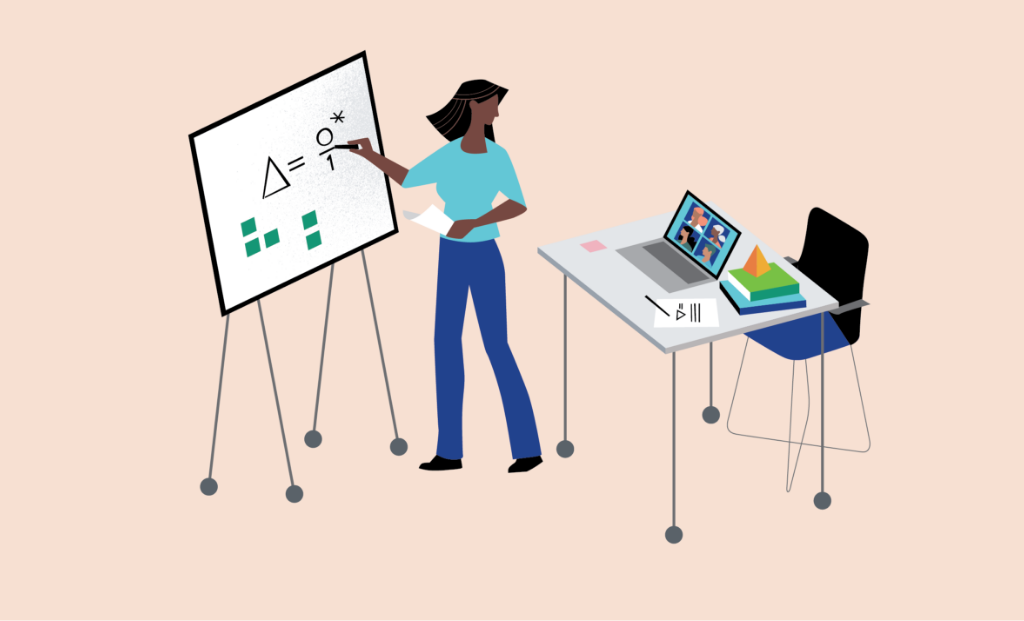
PERSONALIZING LEARNING
The traditional relationship between students and teachers is shifting to be more collaborative and student-led. Personalized learning focuses on being highly student-centered, developing character, building community connections and reconsidering resources like time, space and technology. By using technology to adapt to new ways of learning recently, students are able to choose where and how to best achieve learning goals.
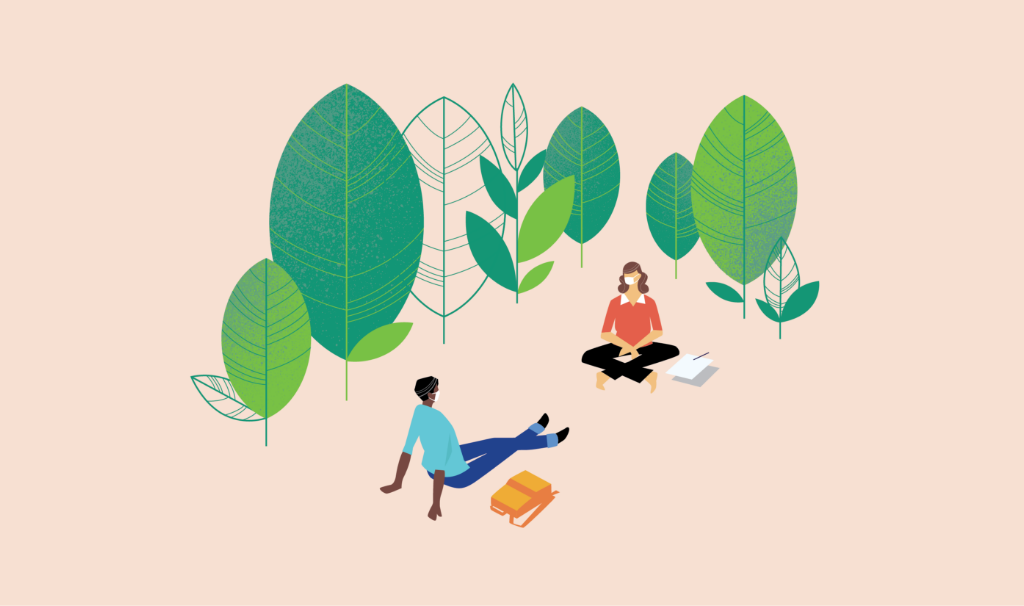
ELEVATING WELLBEING
Wellbeing isn’t just physical. It’s also cognitive, emotional and social. Student and educator wellbeing is intertwined and directly related to learning, engagement and achievement. Mental health issues are a rising concern especially since the pandemic. In addition, a reliance on digital screens makes a holistic approach to wellbeing critical.
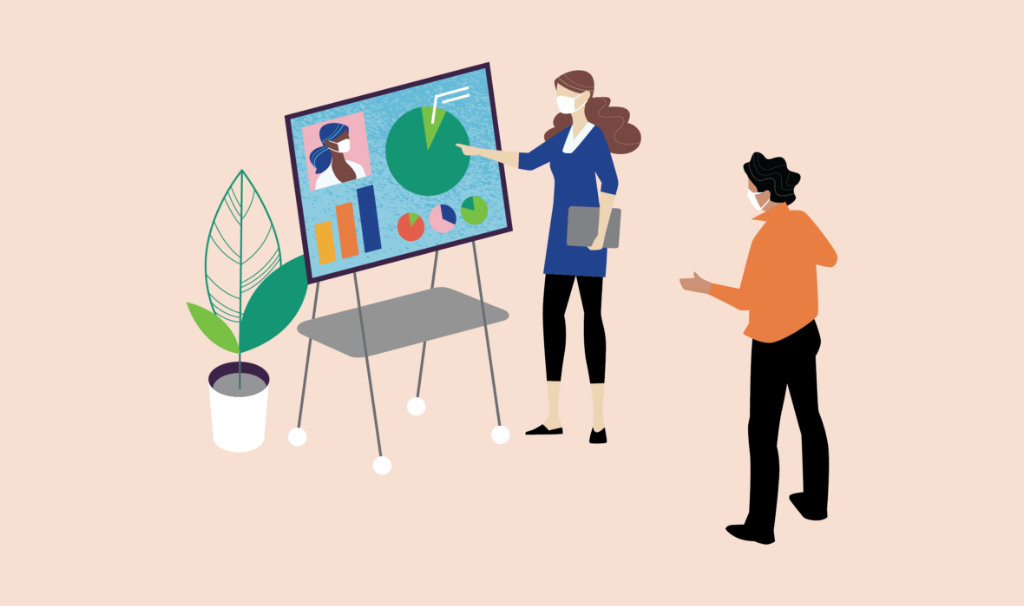
CREATING NEW EXPECTATIONS
Large shifts in the world of work and beyond indicate a growing need for people who can thrive in a highly collaborative and agile environment. A broader range of skills and knowledge is needed, from new technical skills to deeper personal and interpersonal skills — such as communication, resiliency, collaboration and socio-emotional skills. Digital learning offers new opportunities to learn these skills.
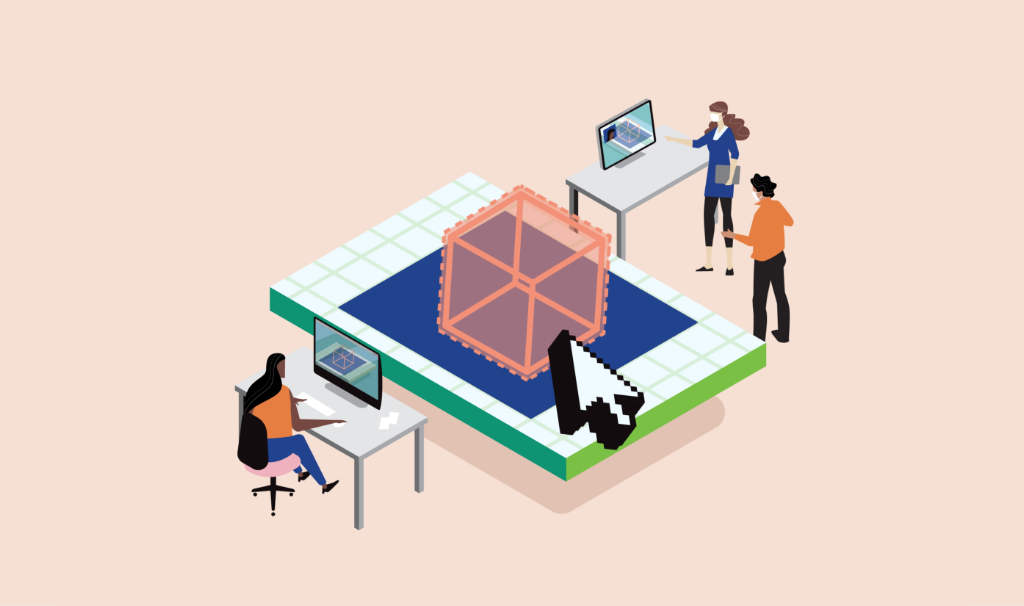
HARNESSING DIGITAL TRANSFORMATION
Digital transformation is altering how we learn — distributing it across space and time. As the cost of technology drops, there’s increased adoption of mobile devices, apps, VR and AR for learning. Tools to identify student behavior patterns can feed e-mentoring solutions. And experiments are underway to monitor engagement in classrooms with audio, motion and vision sensors.
Blended learning has the potential to harness these trends and reshape the basic operations of educational systems by rethinking the concepts of instructional delivery, place, time and how learners are grouped together. By integrating new forms of online instruction, learning management systems, and increasingly rich device experiences, blended learning can enable more dynamic, rich learning experiences.
Increasingly, online activities are shaping our offline spaces. To learn more about how the built environment can support blended learning, visit our thought starters.
Discover key insights and design principles to support blended learning.

